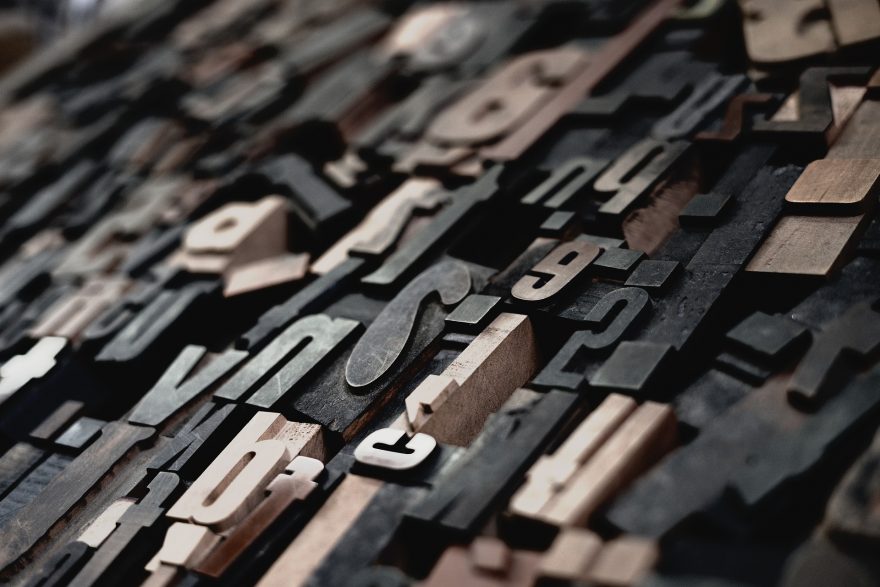Do your marketing efforts focus on having a sleek and streamlined digital presence? Then you’re doing it wrong. There’s nothing wrong with having a website which matches your social media and other online endeavours. Putting resources into having a unified image is what we’re all about. The issue is when a company invests too much time and money into online advertising.
According to INMA, ‘ 82% of U.S. internet users trust print advertising when making a purchase decision, more than any other medium’. This is a significant statistic, considering only 61% trust search ads. If your advertising budget has no room for print ads, it might be time to reconsider your marketing spending.
Cool vs. Predictable
In this digital age, advertisers often get addicted to being cool. They attempt to wow the audience rather than keep them hooked. As much as we pretend it’s not true, our attention spans are decreasing. As soon as we see another cool thing, we’ve forgotten whatever we saw previously. Holding the attention of an audience is so tricky to achieve online, as it’s so simple to click away.
Print marketing has and always will be predictable. Unlike digital methods, readers know exactly what’s coming next. An online publication bombards you with information, internal and external links, sources, flashy adverts and more. When reading something as complex as a magazine, the audience knows what’s coming. This compels them to keep turning the pages. Being simple and predictable isn’t a bad thing when it comes to print, as it will keep your audience coming back for more.
Keeping it simple will also increase the chances of your message being remembered, as it’s not obscured by a noisy website. A page with just your content on will hold the attention of a viewer. A webpage with other distractions on it will take away from this experience.
Satisfaction
Once you’ve got your audience hooked, it’s easier to show them more content. Your digital content should answer questions that your audience want answering instantly. We search for answers via Google, and we’re satisfied with a sentence, a paragraph or an article. Rarely do we seek out different content from the same source if we’ve been satisfied already.
Print advertising changes that. By picking up a brochure, magazine, newsletter or leaflet, we expect answers to questions we didn’t know we had. The satisfaction comes from reaching the end of a piece of content, and it’s easy to turn the page for more. This is a great way to drive home your company message and deliver more great content to your audience.
Occupy space and thoughts
By having a physical copy of your content, you allow your brand to occupy both the space and thoughts of your audience. Information we see online is easily forgotten or misattributed and can be a noisy experience for the reader which adds to the confusion.
A copy of your magazine on a desk at work could spark a conversation. A supermarket newsletter sat on the kitchen counter serves as a reminder that your store exists. Often, your customers will associate having a heavy, glossy brochure or a nice-feeling matte catalogue with luxury and quality. Occupying the space of your audience allows you to occupy their thoughts, as opposed to a quickly forgotten website.
Even if your ad or flyer is unwanted, your audience will still be thinking about it as they fish it out the bottom of their bags to throw away.
Stand out
Having a physical version of your content will help you stand out, as well as benefit you in all the ways listed here. Whether you produce a simple business card or a magazine, you won’t be fighting for space online with hundreds of other people like you. Placing your physical copies somewhere like coffee shops, supermarket notice boards or in-store is a guarantee that people will see you. There’s no guarantee that people looking online will see your links, much less click on them.
It also makes you memorable as people take time out of their day to hold and take in the information you’re providing, without extra adverts and moving graphics. It’s a ‘safe’ way to get information, as there’s no threat of malicious links or having your data stolen.
Print ads also allow for a higher level of emotional response, as you can directly interact with what’s on the page by holding what you’re seeing. A great example of this is when IKEA produced lavender scented, white-noise emitting print ads. To advertise their mattresses in the UAE, they conducted research into how much sleep people were getting. They found that 9 in 10 people are getting less than 8 hours sleep a night, so they produced a resource targeted to them. This revolutionary new ad hit the headlines worldwide for its out of the box thinking, and rightly so.
While not all of us have the resources to produce such a complex ad, the principle applies. Print allows for a wide range of designs that the internet doesn’t. There’s no online equal to the IKEA ad, simply because it’s exciting to hold and to have. That, and computers can’t produce scents. Even something as simple as having business cards which are highly customised or an event-specific leaflet is exciting and allows for an emotional response.

